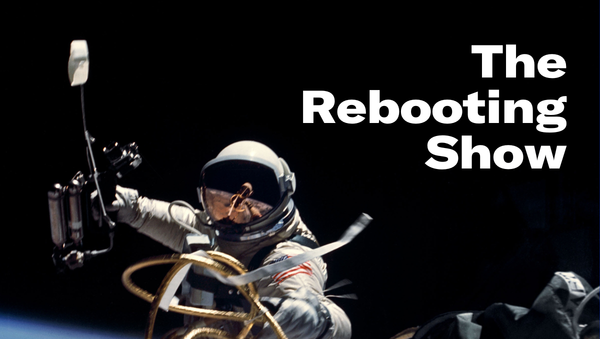The role of product
The haphazard experience of many digital media products reflects organizational dysfunction.
It started with the snacks. When I started working in newsrooms, we didn’t have free food. Once a week, we’d get pizza, but that went away after the Financial Crisis. At least there was coffee. But the rise of giant tech companies like Google and Facebook meant most companies started to imitate them, adding in perks like free food and trying to make dreary cubicle-farm offices seem more… fun. One substantive change to many media businesses was the rise of the product role as what we’d call “the new most important position in the newsroom.” At tech companies, product roles are pivotal. But I’ve always found this role more fraught in the news business.
Much of that goes to, no surprise, how news businesses have historically been constructed with “two sides.” Entering Digiday’s office in New York, you’d go either left or right. Heading left you’d end up on the editorial side; heading right, it was the “business side.” These divides were always made up. After all, the idea that those creating the content at the heart of the business weren’t part of the business makes no sense. Even more to the point, the memberships business was part of our side, further muddying the picture. Same goes for product, a role we didn’t have until a few years ago.
My suspicion is many news organizations began product roles without having a deep understanding of what they’d do. And again, the original issue facing product is where it sits within this outdated two-sides concept of walling off “church and state.” For a product group to succeed, it needs to bring together all parts of the business. Ideally, product can be the nexus. Many times it is not.




